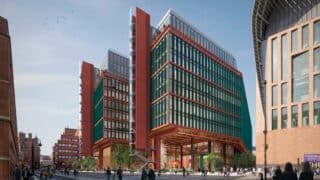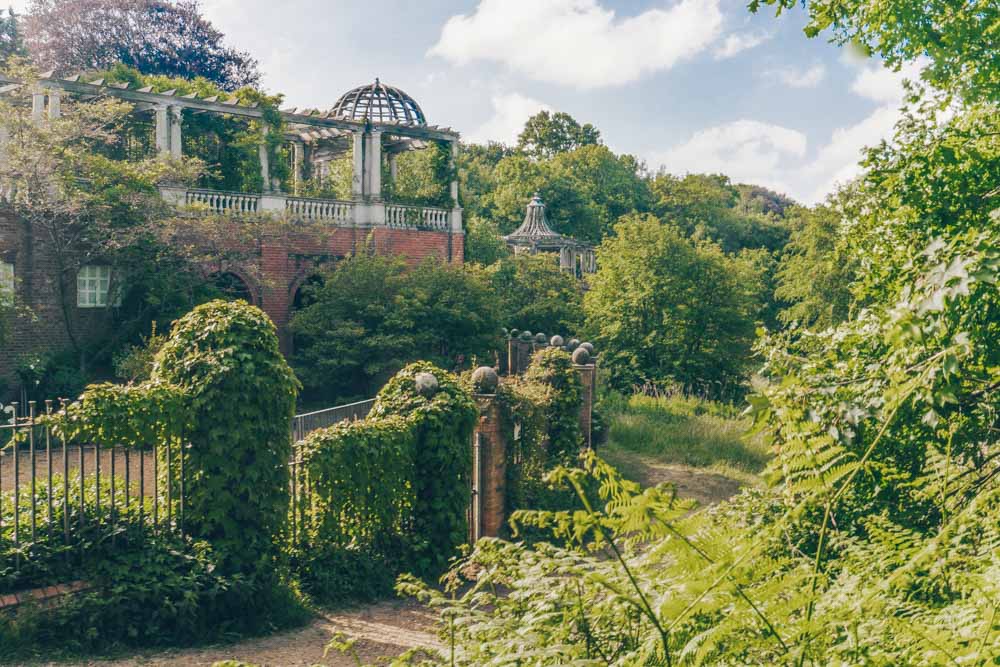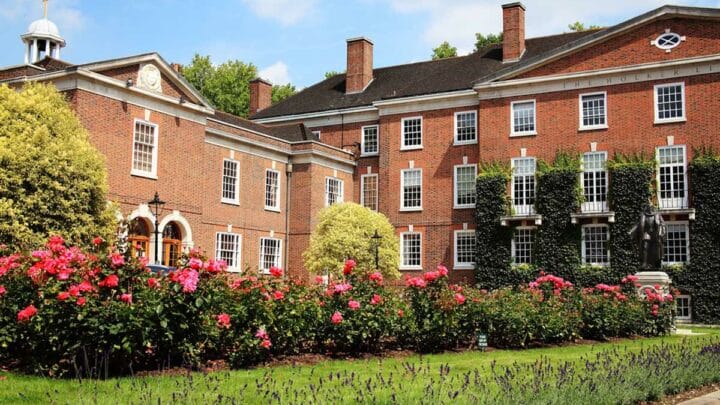
The fascinating, near-thousand-year-old history of London’s Inns of Court. What is that, we hear you ask? Read on to find out.
If you’ve spent much time wandering the streets of the City of London and its surrounding areas, pondering London’s long and winding history, you may have stumbled across some of London’s Inns of Court.
They’re a London institution that stretches right back to the 12th century, gets wrapped up with some of Europe’s most elusive knights and persists to this day in shaping the way law is practised in England.
Apart from all the history, they’re lovely places to visit – peaceful spots that aren’t often flooded with people like London’s other green spaces.
But what are the Inns of Court and how did they come to be?
What Are the Inns of Court?
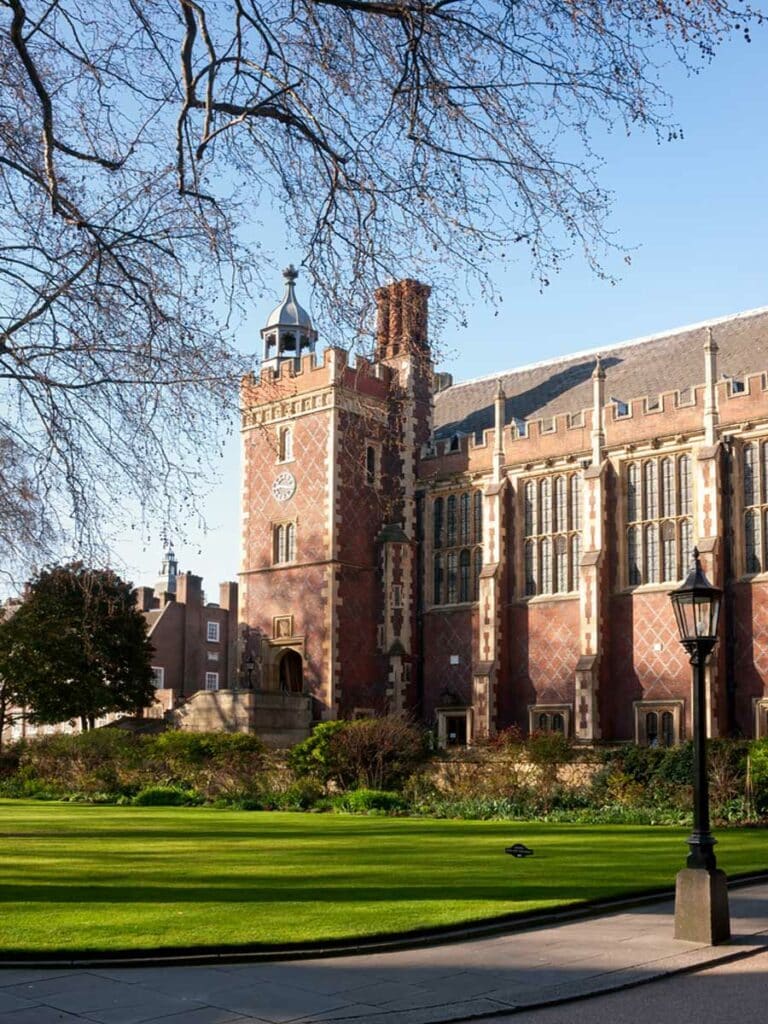
The Inns of Court are a fascinating bunch of organisations with their tail in the early middle ages and their head very much in the present. Purple prose aside, they are essentially guilds of law that have been providing young lawyers with accommodation, scholarships, education and some added extras since way back.
They still operate in London today and you can visit their grounds. You could even join one if you fancy becoming a lawyer. In fact, if you’re a barrister in this country, you have to belong to an Inn of Court.
That’s because they’ve come to take on a very real importance in the running of the country’s legal system. Particularly in the function of disciplinary measures they can impose on a wayward lawyer.
There are four of them altogether. Gray’s Inn, Lincoln’s Inn, Inner Temple and Middle Temple. They each have their own perks and which one you belong to will depend on what you want from your inn. They’re pretty unique, you know – it’s a little bit like Hogwarts houses.
For example, Lincoln’s Inn is the largest, but Gray’s Inn has the slightest membership and prides itself on its family feel. Inner Temple is known for having a more progressive, diverse membership whereas Middle Temple is known for its nurturing of students.
Their history goes back literally ages as well. Check out this difference: Gray’s Inn can boast that Shakespeare’s Comedy of Errors was first performed in its halls, but Middle Temple tops it by claiming the first staging of Twelfth Night.
The History of London’s Inns of Court
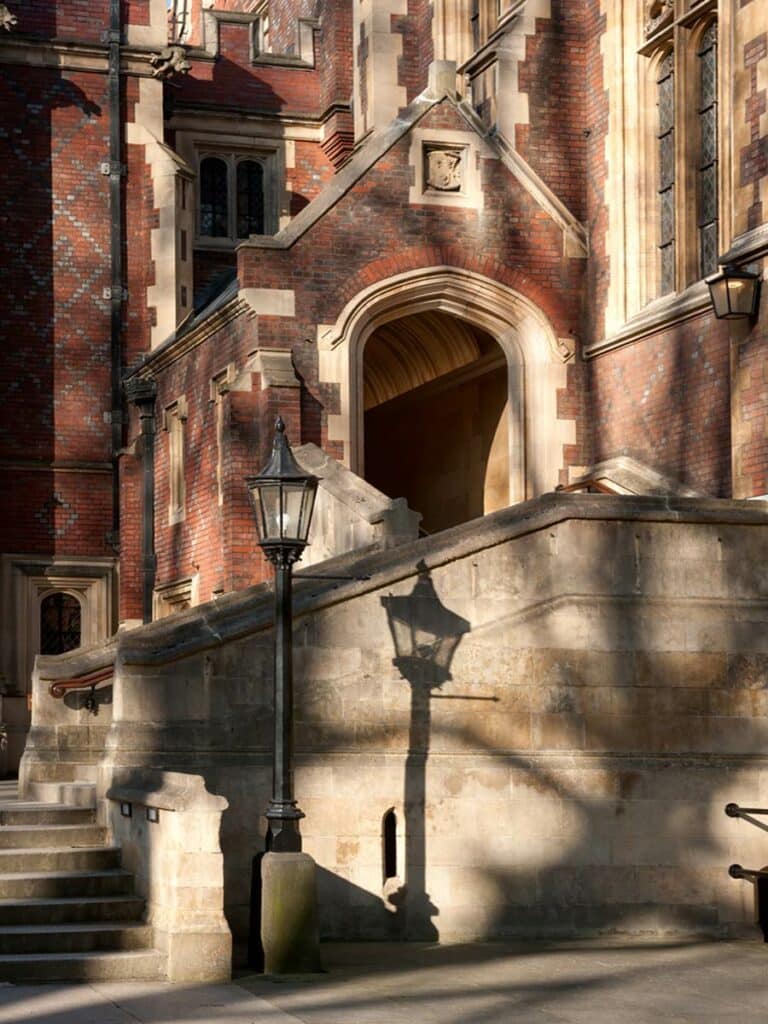
The history of the Inns of Court goes right back to the 1300s and is, as you can imagine, sort of up for debate – a lot gets lost in 700 years. Here’s what we know for sure…
The Early Days
Back in the 12th and 13th centuries, there were two opposing systems of law being practised in London: English common law and Roman civil law.
Roman civil law was taught by the clergy and the catholic church (it’s worth remembering just how much power the church would have had back then).
English common law, however, had no fixed institution and, as such, was generally practised and taught by laymen (non-professionals) instead of the clergy. The clergy was actually banned by papal decree from studying civil law.
And that’s about it, we can’t say much with certainty other than that.
What We Think Happened
The generally-accepted view of events is that Henry II and then Henry III both issued proclamations banning the teaching of English common law in the City of London in order to protect the layman’s schools from the Church.
And with that, the common law practitioners move out of the City. Some of them would hang around Temple, while others would congregate around Chancery Lane. And, over the next hundred years or so, they formed guilds which then morphed into the Inns of Court.
Where to Find London’s Inns of Court
Middle Temple
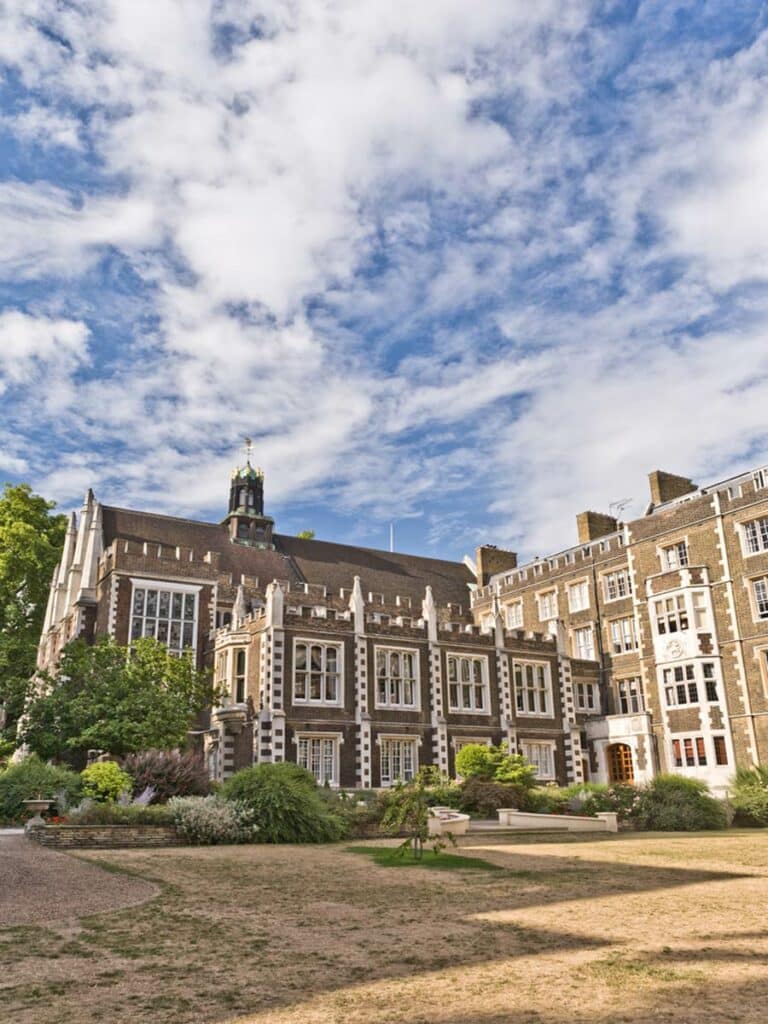
Middle Temple supposedly gets its name from the fact that the lawyers that founded the Inn would have stayed in the middle of the temple at Temple – that’s the same temple that was the HQ of the Knights Templar and, later, the Knights Hospitaller.
The site of the inn has moved slightly over the centuries, to accommodate the growing numbers of students and lawyers that have joined their ranks, but it’s still just a stone’s throw from the original temple.
What was once just a small inn is now a sprawling campus with grand buildings and beautiful courtyards and gardens. You can find Middle Temple Inn between Fleet Street and the Thames.
Some of the buildings here are of note, especially the hall which dates back to the 1570s and is said to be the best example of a hammerbeam roof in all of London – Queen Elizabeth I is said to have inspected it herself.
That’s not all – one of the tables is said to have been made from the wood of the Golden Hind, the ship Sir Francis Drake circumnavigated the world in.
The gatehouse to Middle Temple Inn is also the design of Sir Christopher Wren, who designed the Temple Bar Gate that would have sat right outside the inn on Fleet Street but for various intriguing reasons has been moved to Paternoster Square.
Inner Temple
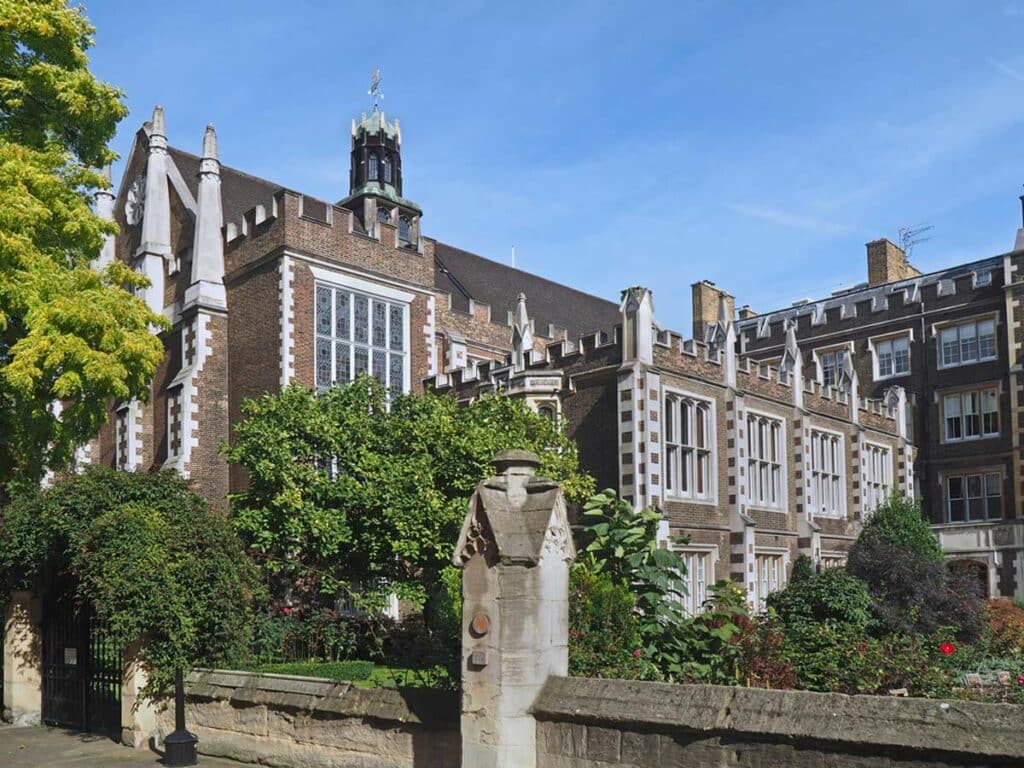
Inner Temple sits on pretty much the same spot as Middle Temple – it just makes up the section of the campus to the east. Like Middle Temple Inn, its history dates back to the 13th century when lawyers would reside at the temple offering legal service to the Knights Templar.
Also like with the Middle Temple Inn, the grounds between Fleet Street and the embankment are what the Inner Temple calls home. These grounds are actually considered a Liberty, a special enclave that was not governed by the City of London Corporation or the Bishop of London.
The Hall of the Inner Temple is said to have stood on the same spot as the Knights Templar’s refectory and to date back to the 8th century. Unfortunately, it wasn’t well looked after and had to be replaced in 1870.
The Inns of Court have many notable members. Perhaps one of the most notable, though, was a member of the Inner Temple – Mahatma Gandhi.
Gray’s Inn
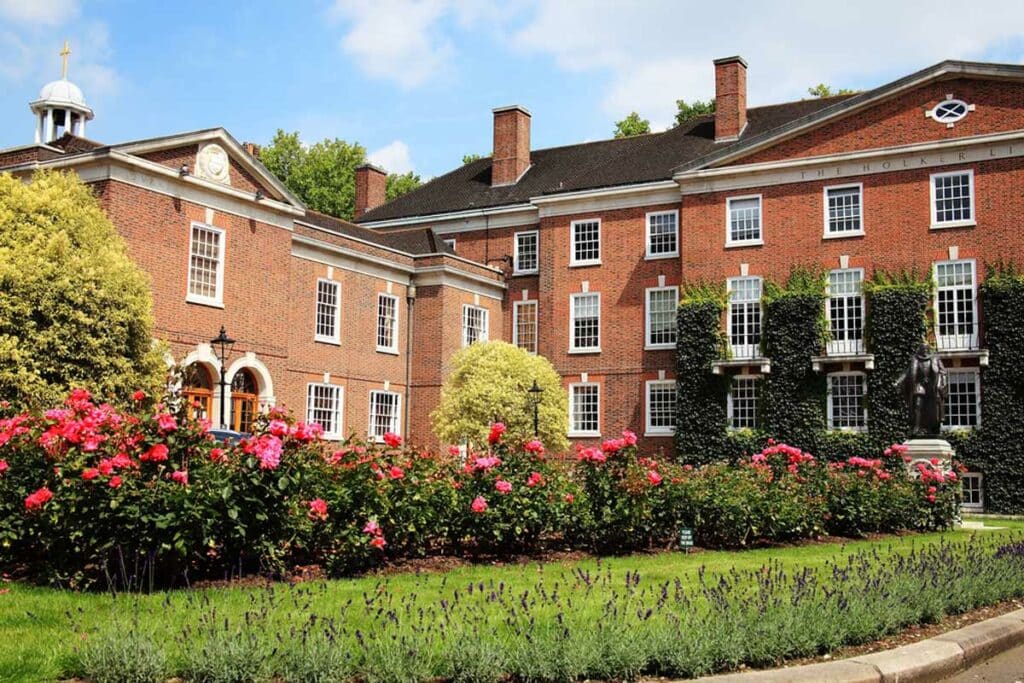
Gray’s Inn can be found at the bottom of Gray’s Inn Road. You’ll see it from the gardens and incredibly tall trees planted in it lining the wall on Theobald’s Road.
These gardens are open to the public at certain times of the day and are worth a visit if you’re in the neighbourhood. They’re really peaceful and not too busy either.
From the gardens, you can duck through several passages and see some of the important buildings of the inn, including their hall that’s doorway bears their symbol: the golden gryphon.
The hall originally dates back to the 1500s (and possibly before), though the structure you see today was put up in 1951 after the original was destroyed in the Blitz.
Lincoln’s Inn
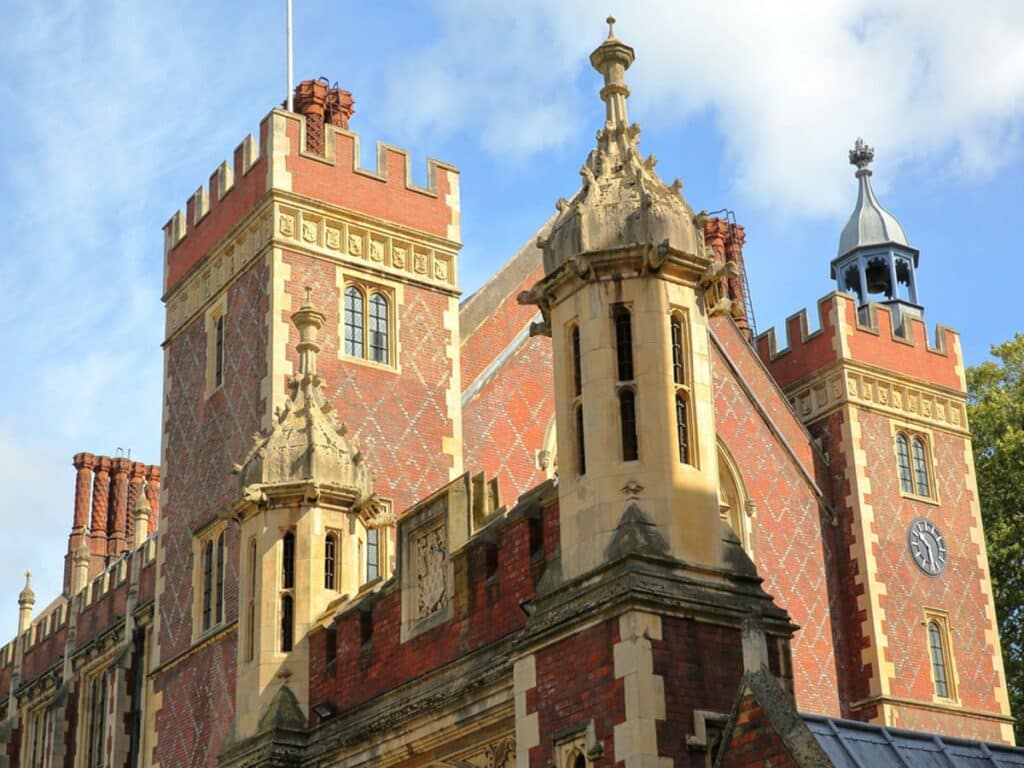
Lincoln’s Inn is probably the most famous of the four Inns of Court and can be found between Gray’s Inn and the Temple Inns on the Kingsway.
Its central piece is the spacious Lincoln’s Inn Fields that the inns are built around. They also share the space with some other notable London institutions, King’s College and the Soane’s Museum.
Notable buildings at Lincoln’s Inn include the Great Hall, which was completed in 1845 and opened by none other than Queen Victoria. It’s where members of Lincoln’s Inn would be called to the bar, an important rite that essentially means you’re fit to work as a barrister.
Lincoln’s Inn boasts two important Prime Ministers among its alumni, Tony Blair and William Gladstone.
Inns of Court: Practical Tips
- Most of the outdoor sections of the Inns of Court are open to the public and you can come and go through them as you please. They’re often very peaceful and not too busy as people don’t tend to know they are there, unlike you now do.
- Getting into the buildings can be a bit more difficult. Sometimes they’ll be open and you can ask very nicely if you can poke your head in and have a look, but mostly you’ll just see shut doors. Failing that, you’ll have to become a lawyer.
- This tour company offers a walking tour where you can visit all the courts and hear all about their history. Alternatively, you can walk between them yourself. It’s really not that far.

